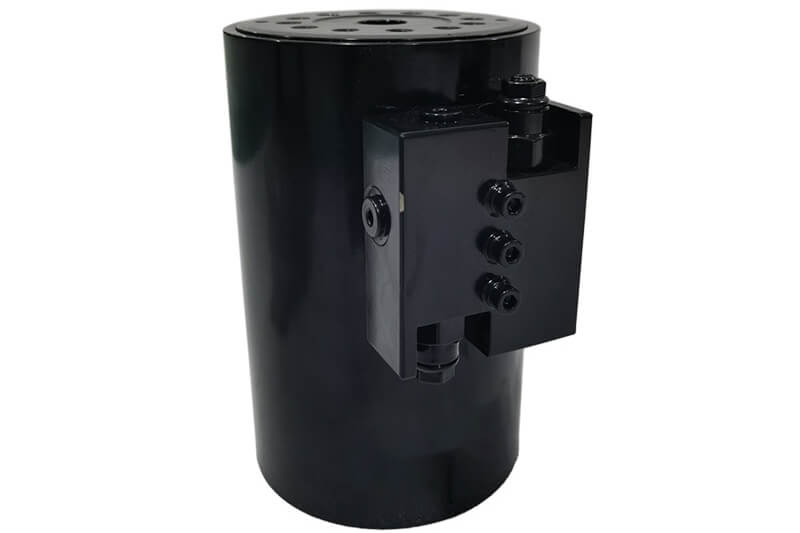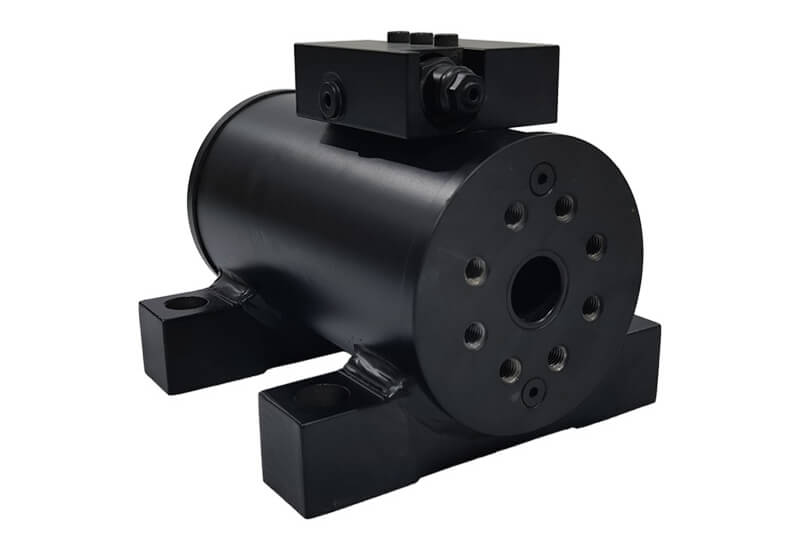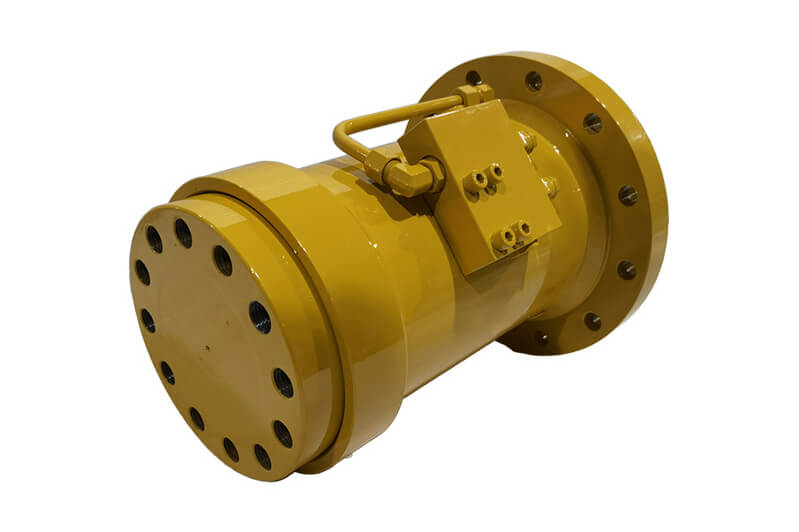Compact rotary actuators are vital components in a wide range of applications, from robotics and aerospace to automotive and industrial automation. As technology continues to advance, several innovative trends and developments are shaping the future of compact rotary actuators. Here are some key innovations driving the evolution of this technology.
1. Smart Actuators with Integrated Sensors and IoT Connectivity
The integration of sensors and Internet of Things (IoT) connectivity into compact rotary actuators is revolutionizing their functionality. These smart actuators can:
Monitor and Report: Real-time monitoring of parameters like position, speed, torque, and temperature. This data can be sent to centralized systems for analysis, providing insights into performance and enabling better decision-making.
Predictive Maintenance: Analyze data to predict and prevent failures, reducing downtime and maintenance costs. For instance, by monitoring wear and tear indicators, maintenance can be scheduled just-in-time rather than at fixed intervals.
Remote Control: Enable remote control and adjustments, improving flexibility and efficiency in operations. This is particularly useful in hazardous environments or in applications where manual adjustments are impractical.
2. Advancements in Materials and Manufacturing Techniques
Innovations in materials science and manufacturing processes are enhancing the performance and durability of compact rotary actuators:
Lightweight Materials: The use of advanced composites and lightweight alloys reduces the overall weight without compromising strength, crucial for applications in aerospace and robotics where weight is a critical factor. Materials like carbon fiber composites and titanium alloys are becoming increasingly popular.
Additive Manufacturing: 3D printing technology allows for the creation of complex geometries that are not possible with traditional manufacturing methods, leading to more efficient and customized designs. This technology enables rapid prototyping and small-batch production, accelerating innovation cycles.
3. Enhanced Precision and Miniaturization
The demand for more precise and smaller actuators is driving significant advancements in the miniaturization of components:
Micro-Electromechanical Systems (MEMS): The development of MEMS technology allows for the production of extremely small actuators with high precision, suitable for applications in medical devices, micro-robotics, and consumer electronics.
High-Resolution Encoders: Improved encoder technology enhances the precision of position and motion control, enabling applications requiring meticulous accuracy. These encoders can detect minute changes in position, providing feedback for highly precise control.
4. Energy Efficiency and Power Management
Energy efficiency is a critical factor in the development of modern actuators:
Regenerative Braking Systems: Some advanced actuators now incorporate regenerative braking, capturing and reusing energy that would otherwise be lost. This not only improves efficiency but also reduces the overall energy consumption of the system.
Low-Power Consumption Designs: Innovations in motor design and control algorithms reduce the power consumption, making actuators more efficient and environmentally friendly. For instance, the use of brushless DC motors with optimized control algorithms can significantly cut power usage.
5. Integration with Advanced Control Systems
Modern compact rotary actuators are being integrated with sophisticated control systems to enhance their performance:
Machine Learning Algorithms: The use of machine learning algorithms enables actuators to adapt to changing conditions and optimize performance over time. For example, in adaptive robotics, actuators can learn from their environment and adjust their movements for better efficiency and accuracy.
Advanced Motion Controllers: Improved motion controllers provide more precise and dynamic control of the actuators, beneficial for applications requiring complex motion patterns. These controllers can handle multiple degrees of freedom, allowing for smooth and coordinated movements in robotic arms and automated systems.
6. Modularity and Customization
The trend towards modularity and customization allows for more flexible and application-specific solutions:
Modular Actuator Systems: These systems enable users to combine various modules to create customized solutions tailored to specific requirements, reducing development time and costs. This modularity also allows for easy upgrades and modifications as technology evolves.
Custom-Built Actuators: Advances in design and manufacturing technologies allow for the creation of custom-built actuators that meet the unique needs of specialized applications. This is particularly important in industries like aerospace and medical devices, where standard solutions may not be sufficient.
Conclusion
The field of compact rotary actuators is experiencing rapid advancements, driven by the need for smarter, more efficient, and highly precise components. Innovations in materials, miniaturization, energy efficiency, and control systems are transforming the capabilities and applications of these actuators. As technology continues to evolve, we can expect even more sophisticated and versatile compact rotary actuators to emerge, further expanding their role in various industries and paving the way for new possibilities.
These innovations not only enhance the performance and reliability of compact rotary actuators but also open up new applications and markets. From the seamless integration into IoT ecosystems to the precise control needed for cutting-edge medical devices, the future of compact rotary actuators looks both exciting and promising.



